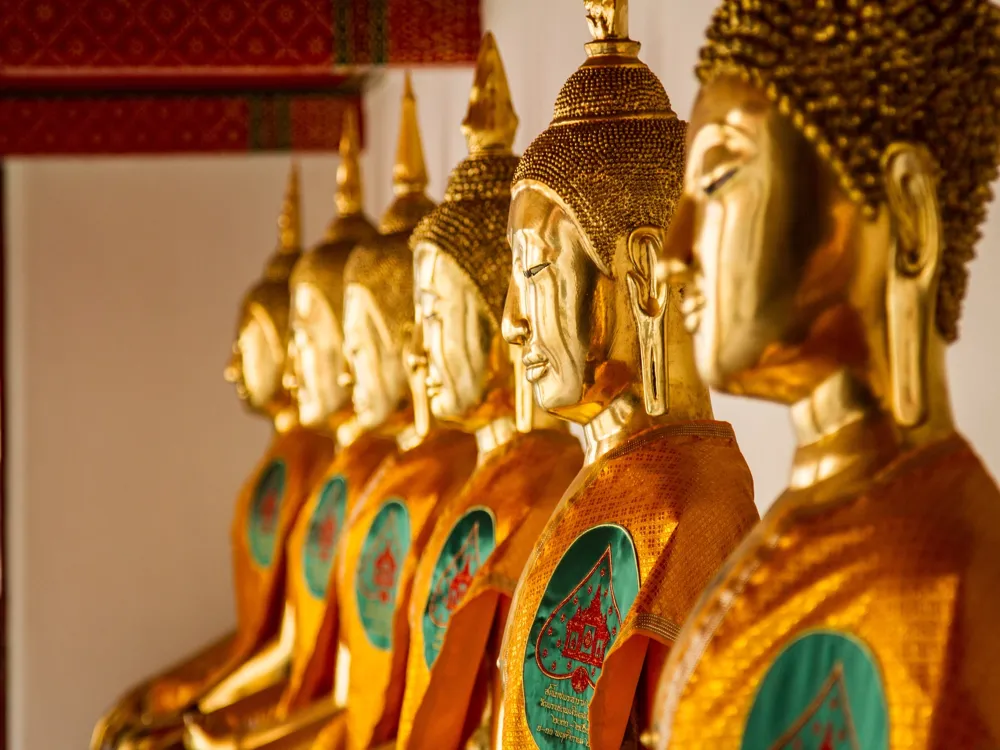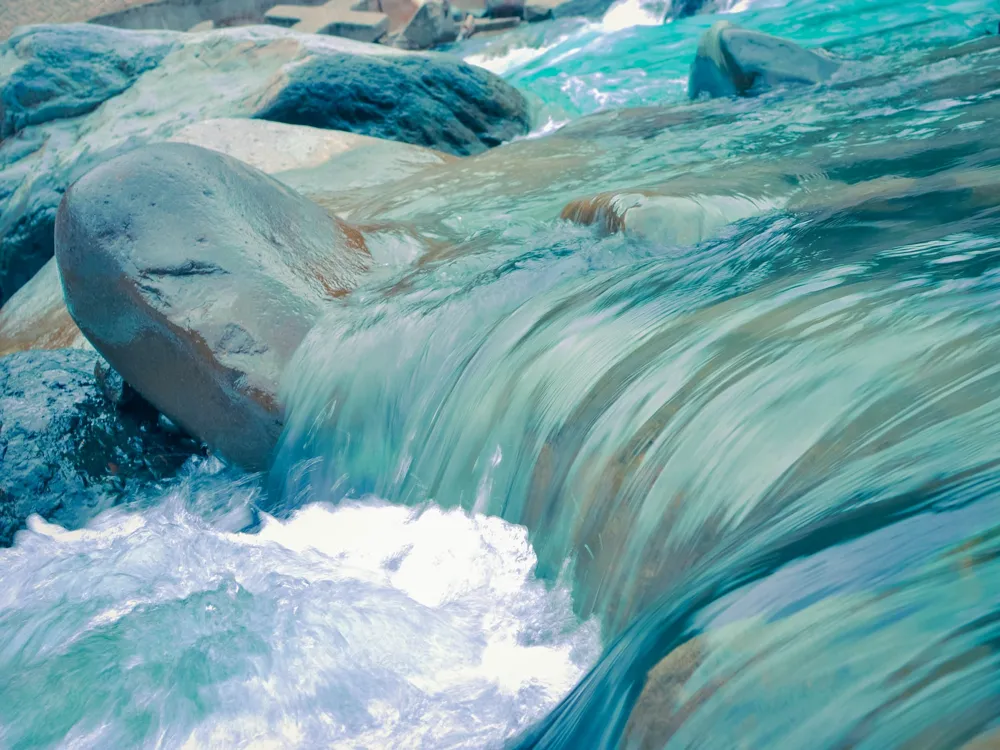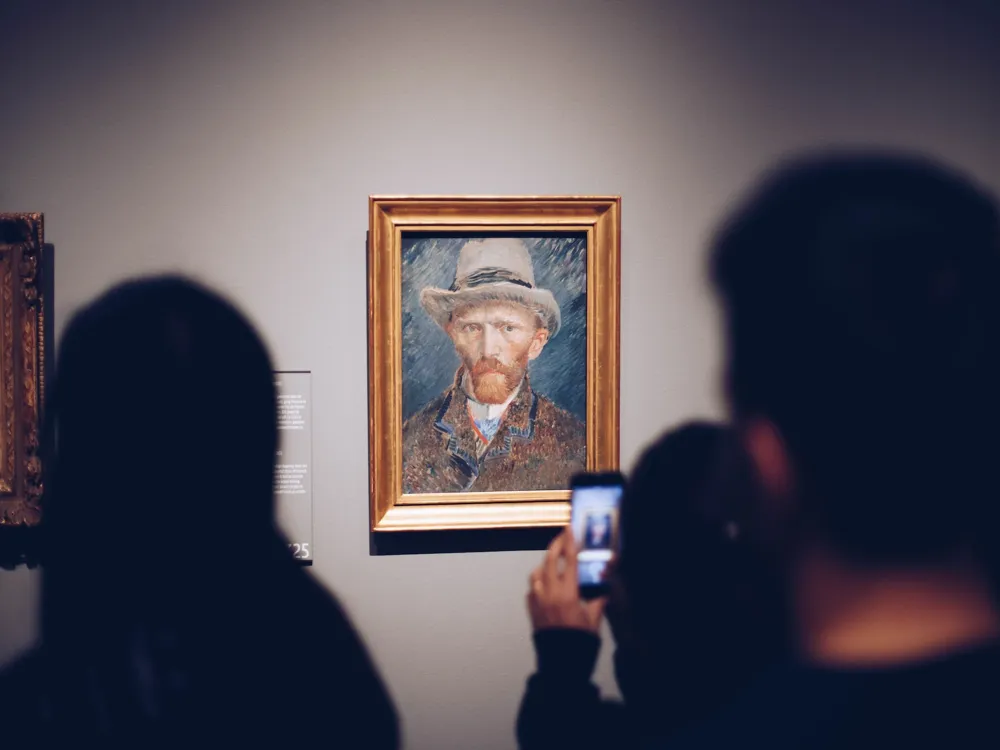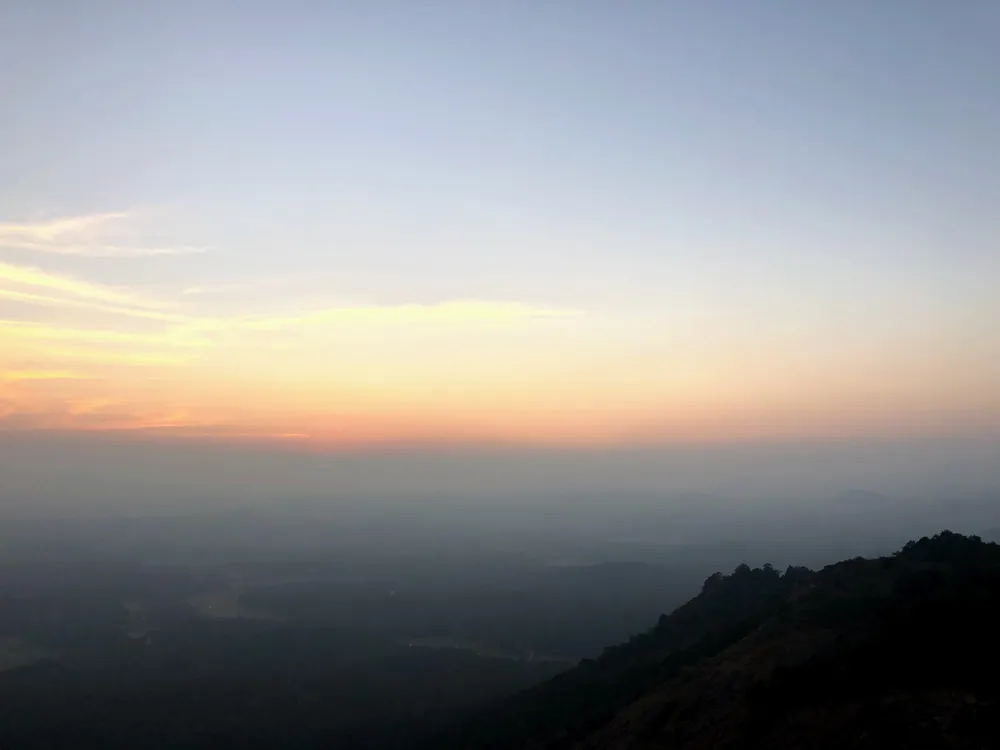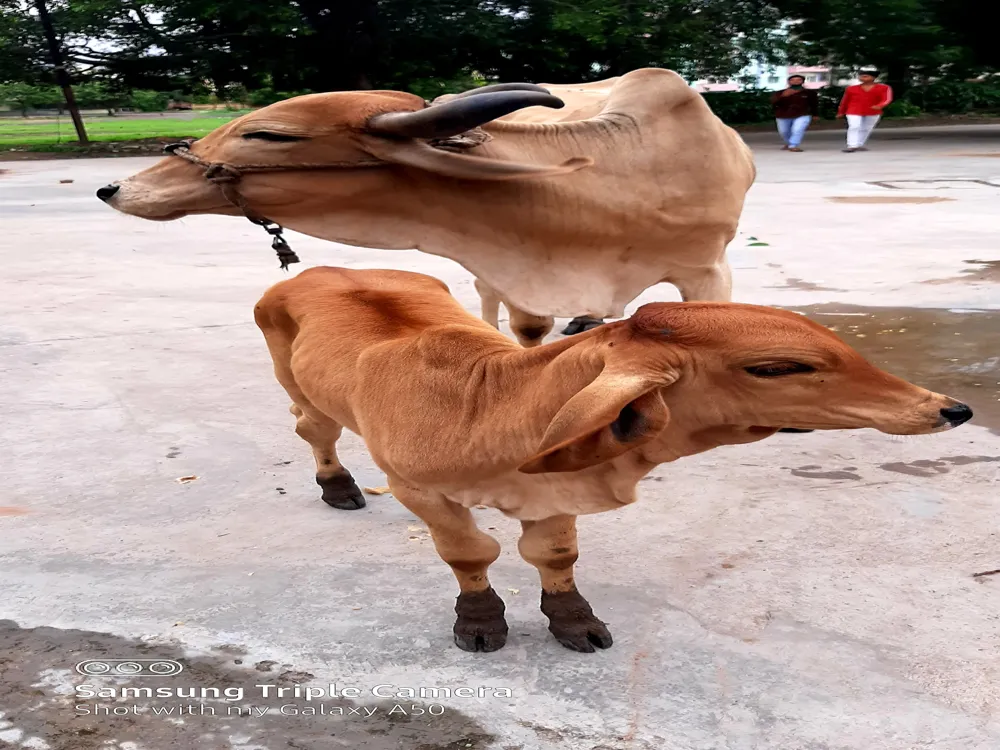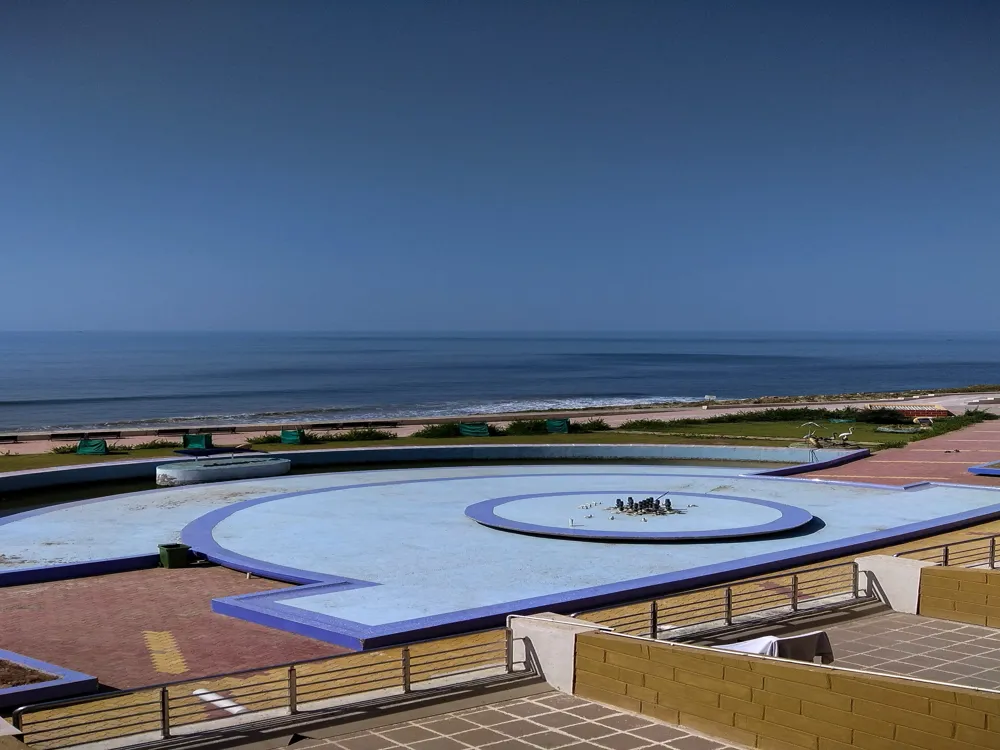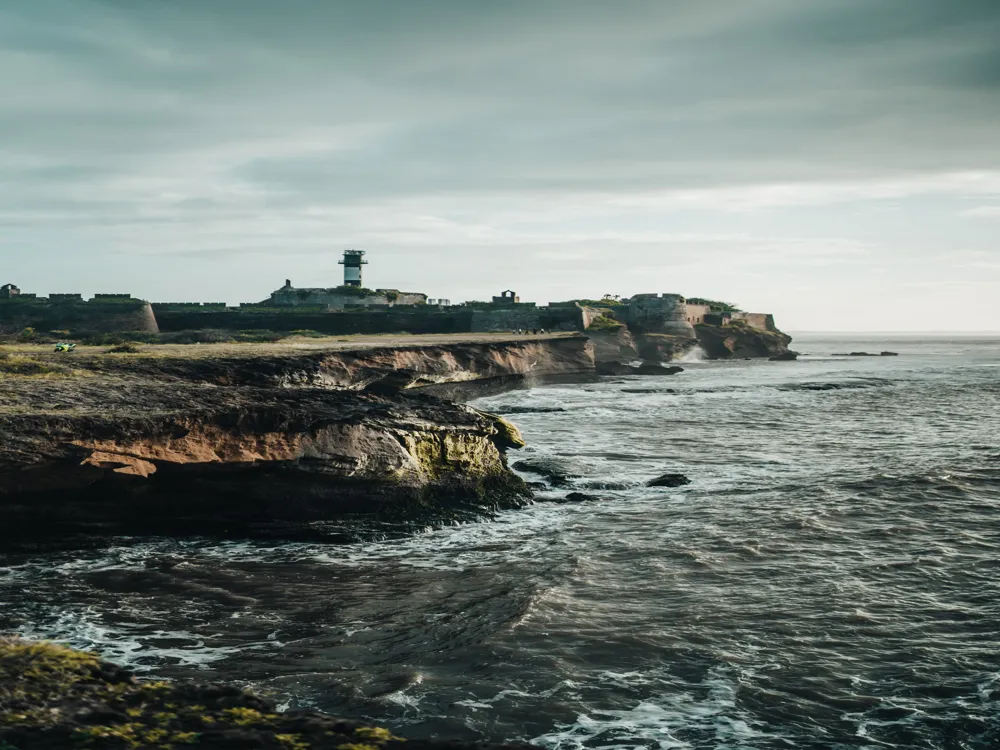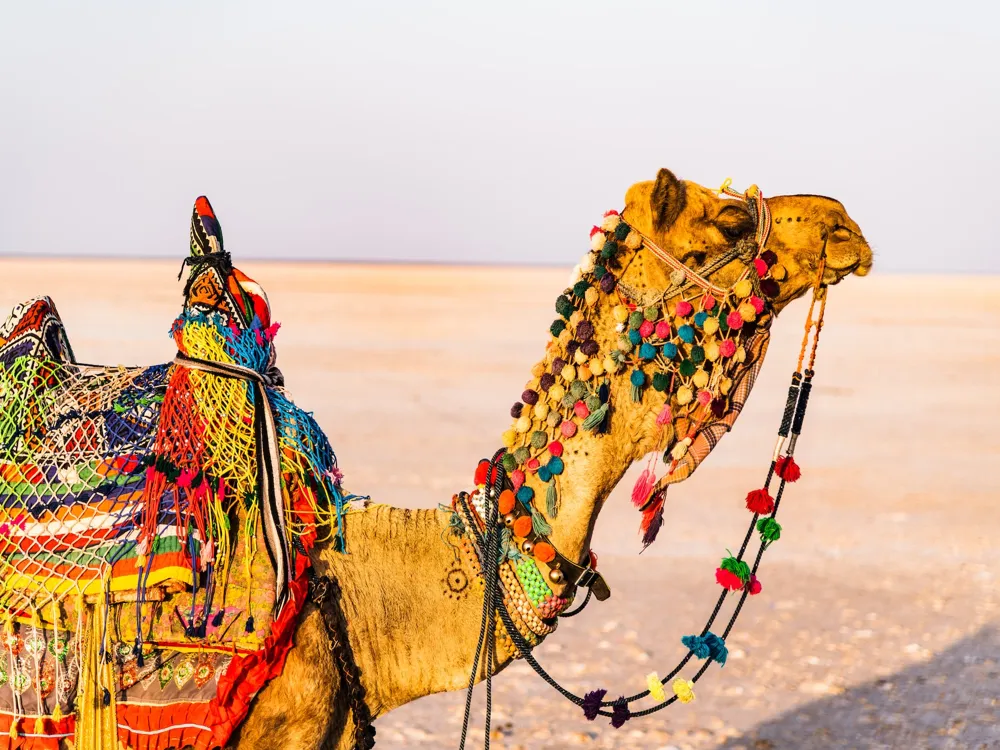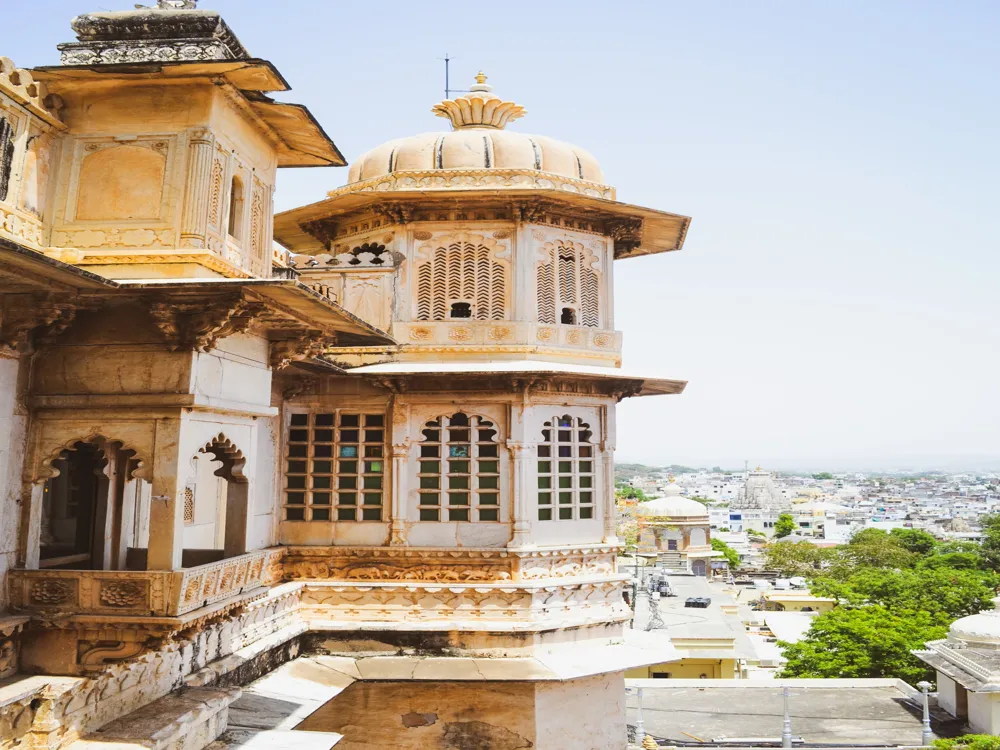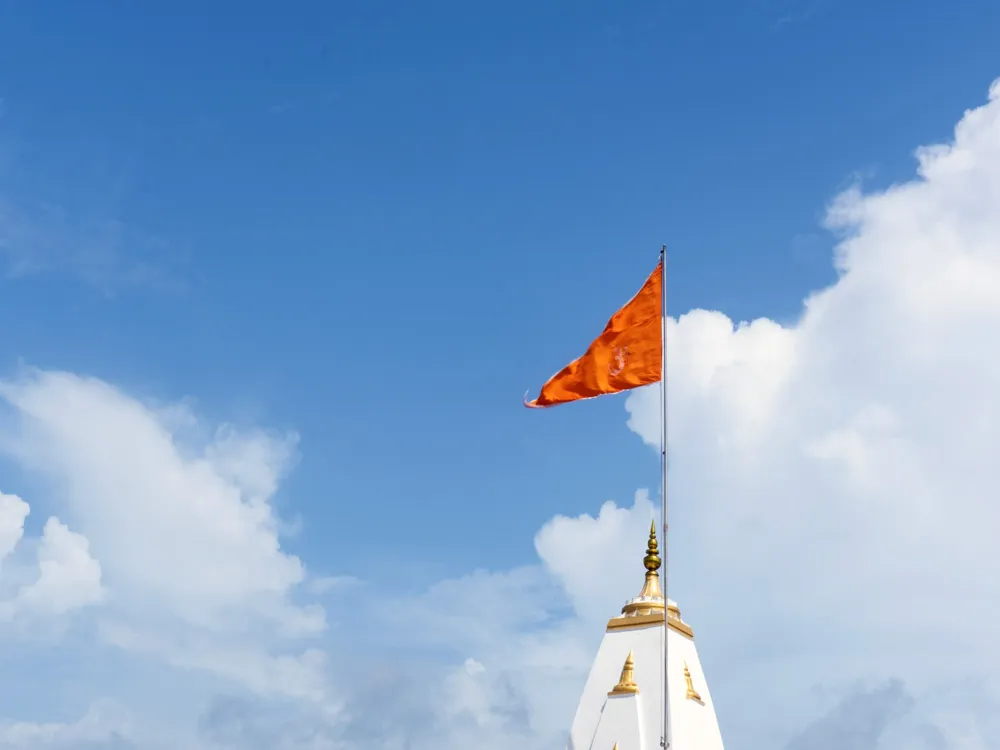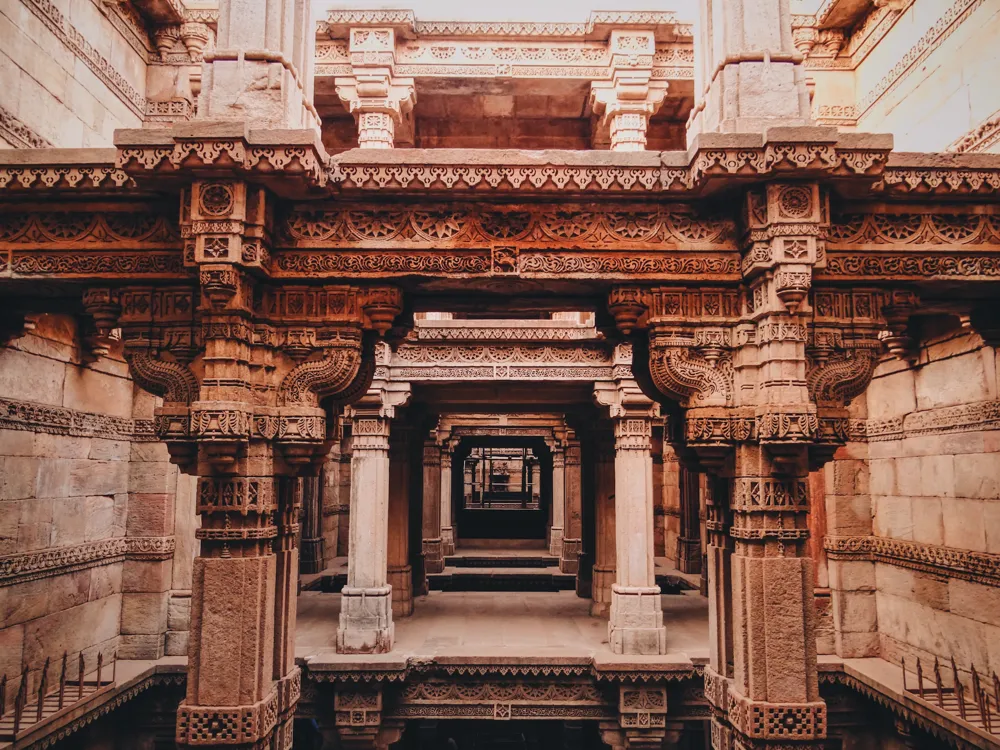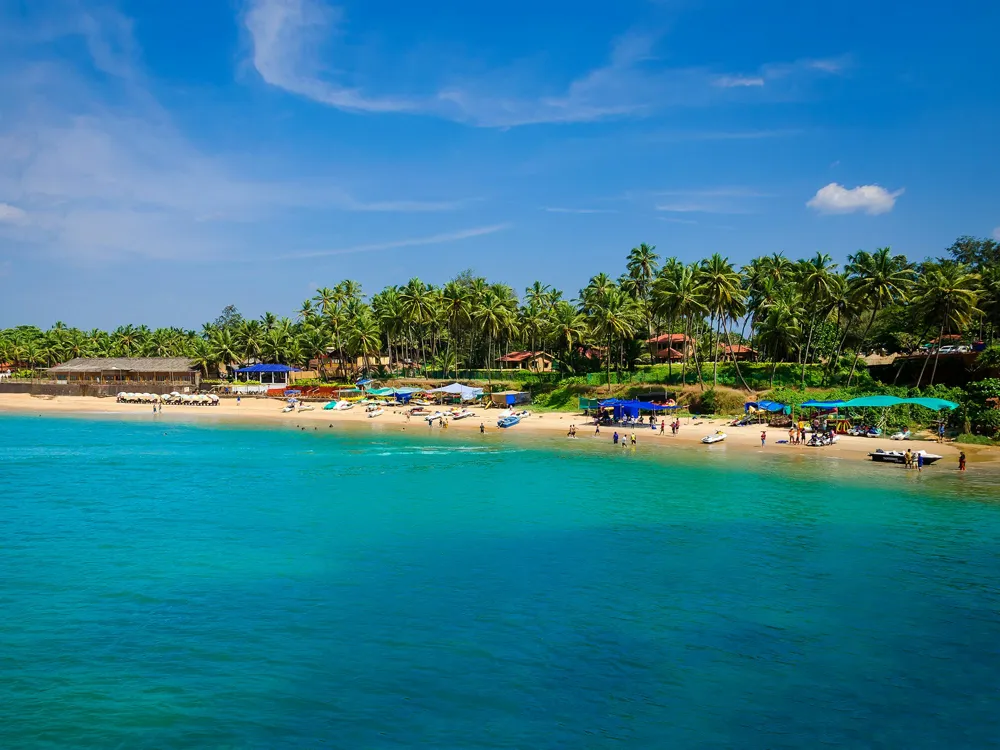Nestled in the quaint town of Junagadh in Gujarat, the Buddhist Caves stand as a testament to the rich historical and spiritual legacy of India. These caves, believed to have been carved between the 2nd and 5th centuries AD, offer a glimpse into the life and times of Buddhist monks who once meditated and lived in these serene abodes. The caves are divided into groups, each with its unique characteristics and significance. The most notable among them are the Khapra Kodiya Caves, the Baba Pyara Caves, and the Uparkot Caves. The Khapra Kodiya Caves are the oldest, characterized by their plain style, devoid of elaborate architectural elements. These caves reflect the early phase of Buddhist architecture with their simple and functional design. The Baba Pyara Caves, on the other hand, are more elaborate. They exhibit intricately carved gateways, chhatris (domed pavilions), and the chaitya hall, which is a large, vaulted chamber with a stupa at one end. This reflects the evolution of Buddhist architecture from simplicity to a more ornate style. The Uparkot Caves, believed to be the latest among the three, showcase an advanced stage of rock-cut architecture. These caves are known for their detailed carvings, spacious rooms, and water cisterns, indicating a high level of skill and architectural prowess. The caves also feature inscriptions in Brahmi script, providing valuable insights into the socio-cultural context of that era. The Buddhist Caves of Junagadh are not just architectural marvels but are also significant for their historical, cultural, and religious importance. They attract historians, archaeologists, and spiritual seekers alike, offering a peaceful retreat into the past. The architecture of the Buddhist Caves in Junagadh is a fascinating blend of religious devotion and artistic expression. These caves, primarily used for meditation and dwelling purposes, exhibit a variety of architectural styles that evolved over centuries. The earliest caves, like the Khapra Kodiya, are marked by their simplicity. They consist of plain, unadorned halls and small cells, reflecting the monks' ascetic lifestyle. The lack of decorative elements in these caves points to an era when the emphasis was more on function than form. As Buddhist architecture evolved, the later caves like those at Baba Pyara and Uparkot began to exhibit more intricate designs. The Baba Pyara Caves, for instance, feature elaborately carved gateways and pillars. The chaitya hall, with its vaulted ceiling and central stupa, is a hallmark of Buddhist cave architecture, symbolizing the universe. The stupa, often surrounded by a circumambulatory path, served as a focal point for meditation and religious rituals. The Uparkot Caves represent the zenith of this architectural evolution. These caves are distinguished by their elaborate facades, large halls, and intricate carvings depicting Buddhist lore and Jataka tales. The use of rock-cut techniques to create spacious interiors and detailed motifs demonstrates the advanced skills of the craftsmen of that era. The caves also feature water cisterns, indicating a sophisticated understanding of water management and storage, essential for the sustenance of the monastic community living there. The ideal time to visit the Buddhist Caves of Junagadh is between October and March when the weather is pleasant, making it conducive for exploring and appreciating the intricate details of the caves. Visitors are encouraged to maintain the sanctity of these historical sites by avoiding loud noises and refraining from touching the carvings and inscriptions. To enhance your experience, consider taking a guided tour. Knowledgeable guides can provide in-depth insights into the history and architecture of the caves. While photography is allowed, it's important to use natural light as flash photography can damage ancient carvings. Tripods may be used for stability in low-light conditions. Wear comfortable shoes and stay on marked paths to ensure safety while navigating the uneven terrain around the caves. The Buddhist Caves of Junagadh are easily accessible by various modes of transportation. The nearest airport is the Rajkot Airport, approximately 100 km away. From there, one can hire a taxi or take a bus to Junagadh. Junagadh itself is well-connected by road and rail networks. Regular bus services from major cities of Gujarat like Ahmedabad and Surat make it convenient for tourists to reach these caves. For those preferring train travel, Junagadh has a railway station with good connectivity to other parts of the country. Upon reaching Junagadh, local transportation such as auto-rickshaws and taxis can be used to reach the caves. Read More: Overview of Buddhist Caves of Junagadh, Gujarat
Architecture of Buddhist Caves
Tips When Visiting Buddhist Caves
Best Time to Visit
Respecting the Site
Guided Tours
Photography Tips
Safety Precautions
How To Reach Buddhist Caves
Buddhist Caves
Junagadh
Gujarat
NaN onwards
View junagadh Packages
Junagadh Travel Packages
View All Packages For Junagadh
Top Hotel Collections for Junagadh

Private Pool

Luxury Hotels

5-Star Hotels

Pet Friendly
Top Hotels Near Junagadh
Other Top Ranking Places In Junagadh
View All Places To Visit In junagadh
View junagadh Packages
Junagadh Travel Packages
View All Packages For Junagadh
Top Hotel Collections for Junagadh

Private Pool

Luxury Hotels

5-Star Hotels

Pet Friendly








